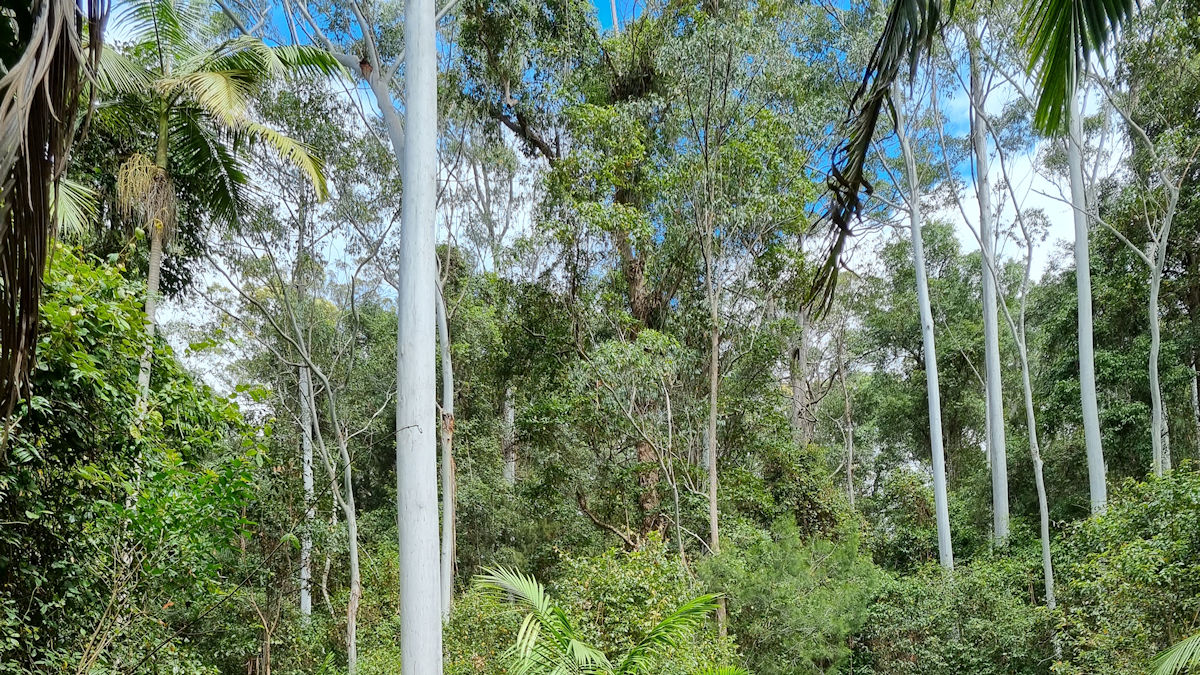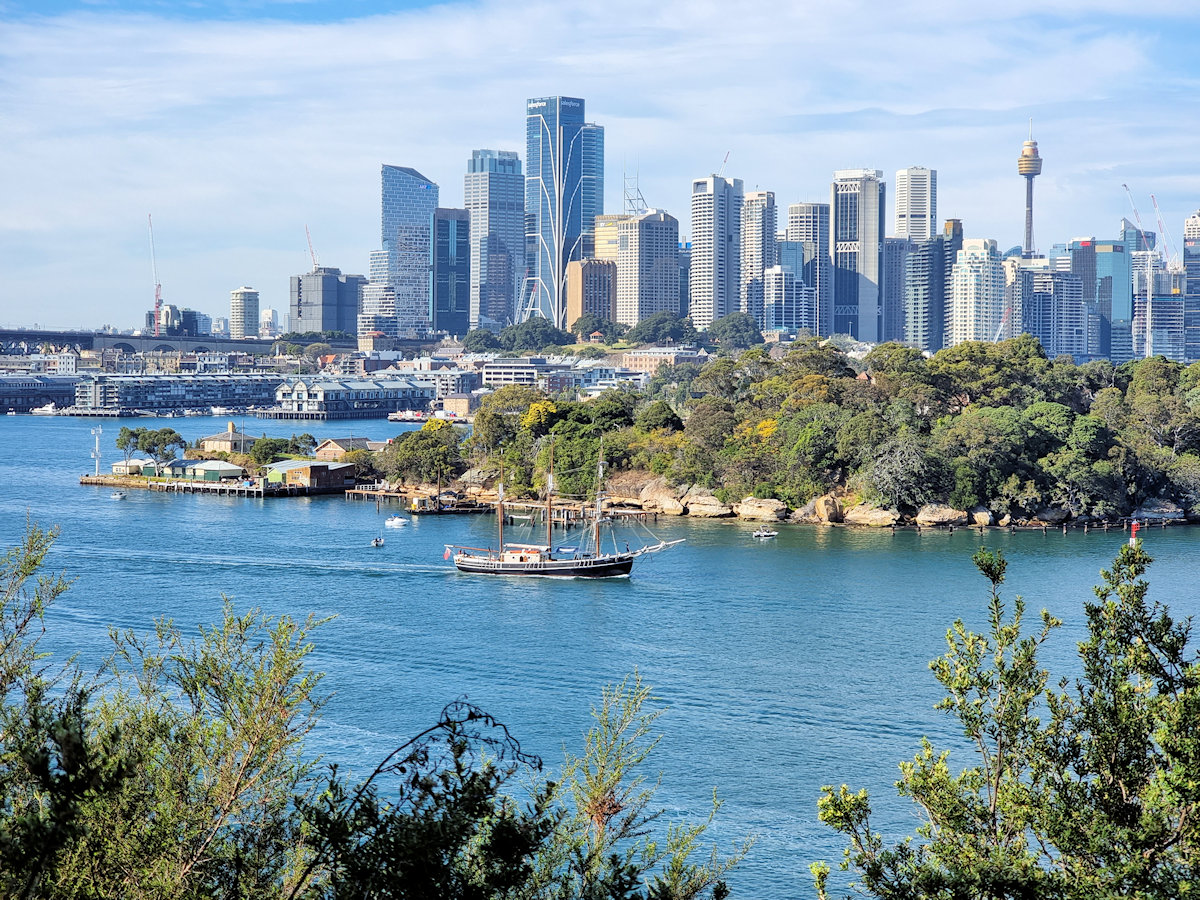Category: National Park
-
The Grandis

The Grandis Standing over 70m tall, The Grandis is the tallest known tree in New South Wales. Only a 20-minute drive from Bulahdelah on the NSW mid-north coast, it’s easy to get to, although some of the access is over dirt road. A small parking area is located next to a small picnic area and… Read more
-
Balls Head Reserve Sydney Australia

Balls Head Reserve Sydney Australia Located on the northern side of Sydney Harbour, Balls Head Reserve is a scenic reserve offering breathtaking views of the harbour city and bridge. Winding tracks through regenerated native bushland let you experience the Australian bush without leaving Sydney. History The reserve was named after Henry Lidgbird Ball, who was… Read more
-
Manly to North Head Walk
Manly to North Head Walk The walk from Manly to North Head takes you past some beautiful beaches with views over the coast, through coastal scrub and passes old fortifications. Finally ending at the entrance to Sydney Harbour, it has spectacular views of the city. Getting There The easiest way to get to Manly is… Read more